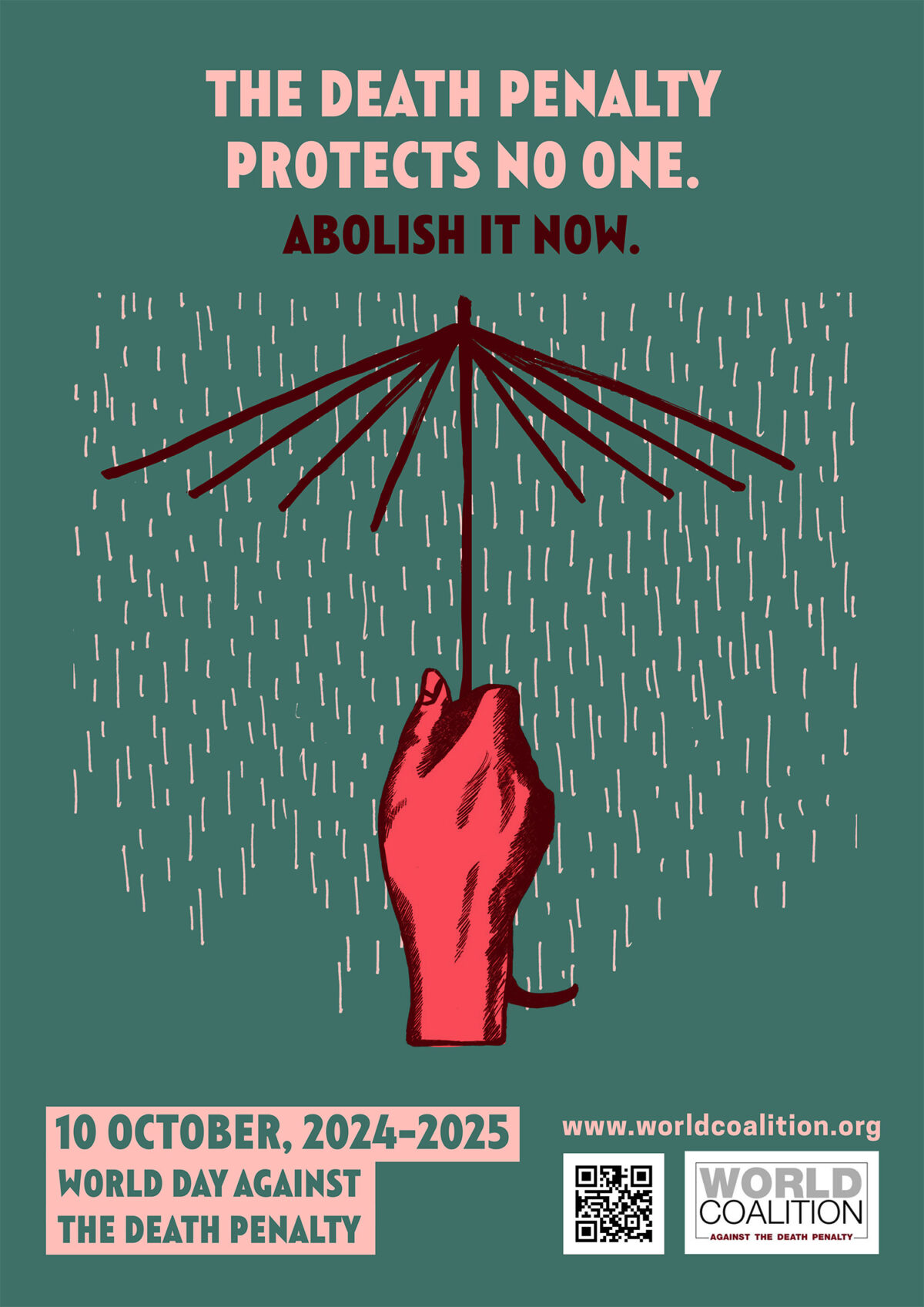Article
Stuck in the Dark Ages: Supreme Court Decision Making and Legal Developments
In the latter quarter of the 20th century, the United States Supreme Court has generally refused to narrow the procedural and substantive conditions under which adults may be sentenced to death for capital murder. The current status of social science evidence is briefly reviewed to evaluate the Court’s treatment of 3 specific categories of evidence: The death-qualified jury, prejudicial capital sentencing, and juror comprehension of capital-sentencing instructions. The role of perceptions of public opinion in the perseverance of capital punishment statutes is considered. It appears that the Court, in general, does not place much weight on social science evidence. Suggestions are made for future areas of research and practice for social scientists interested in capital punishment.
- Document type Article
- Countries list United States
- Themes list Networks,



